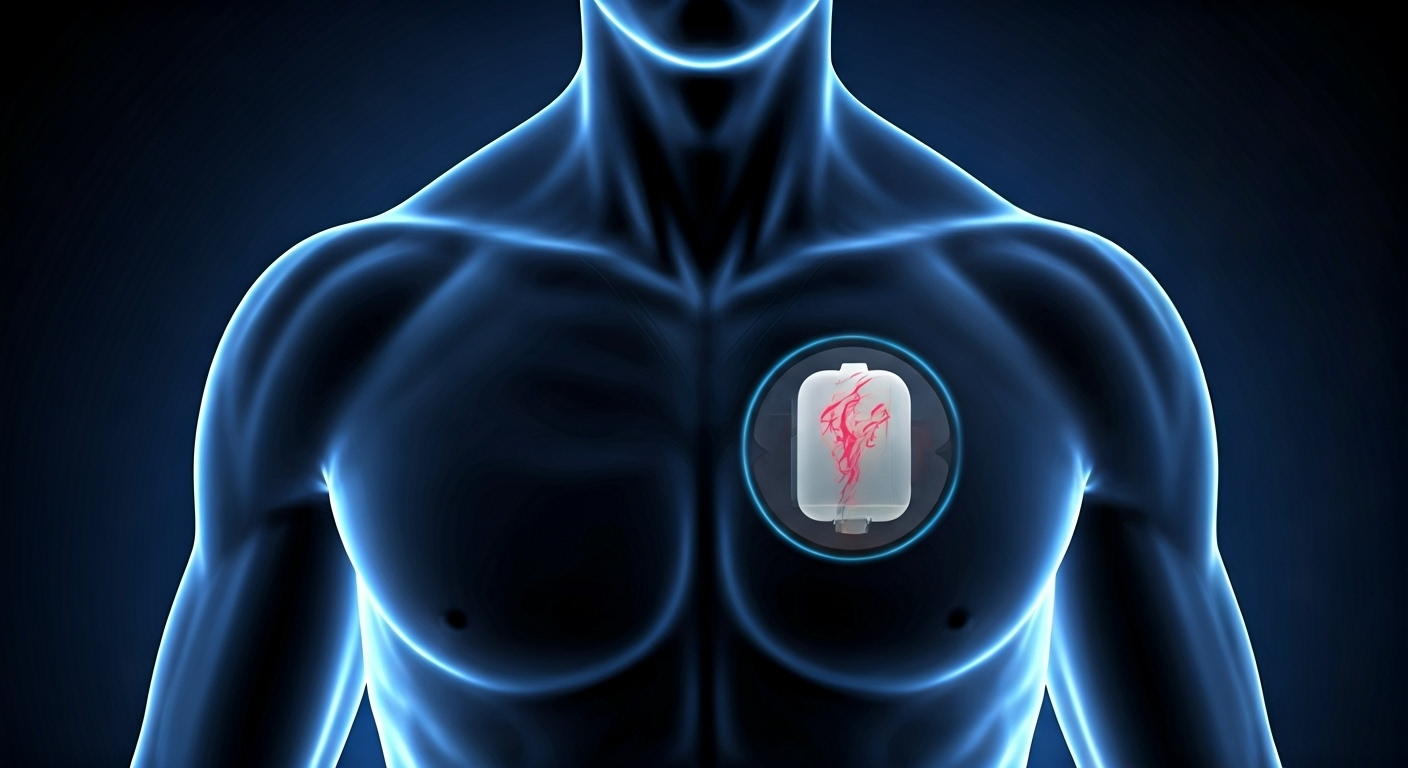Understanding Defibrillator Types & Applications for 2025
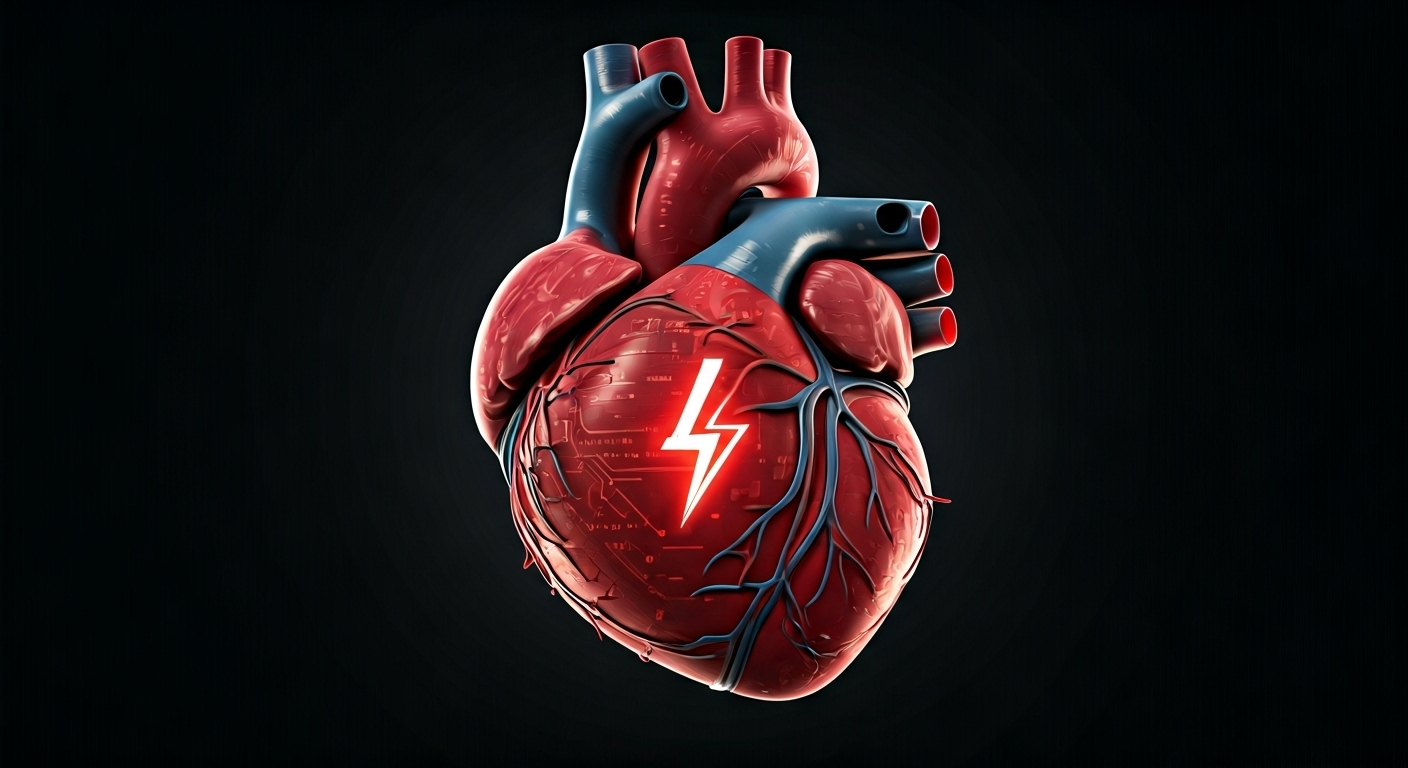
Key Highlights
- Modern defibrillators are essential for treating sudden cardiac arrest and restoring normal heart rhythm through electrical shock.
- The main types of defibrillators include manual external defibrillators, automated external defibrillators (AEDs), implantable cardioverter defibrillators (ICDs), and wearable cardioverter defibrillators (WCDs).
- Each type of defibrillator serves unique applications, from hospital use to public spaces and home care.
- Biphasic defibrillation technology has improved efficacy and reduced complications compared to older monophasic devices.
- Regulatory approval, including FDA and CE marking, is critical for device selection and deployment.
- Recent innovations such as AI-enabled analysis and drone-delivered AEDs are transforming emergency cardiac care.
Defibrillators in Modern Cardiac Care: Importance and Overview
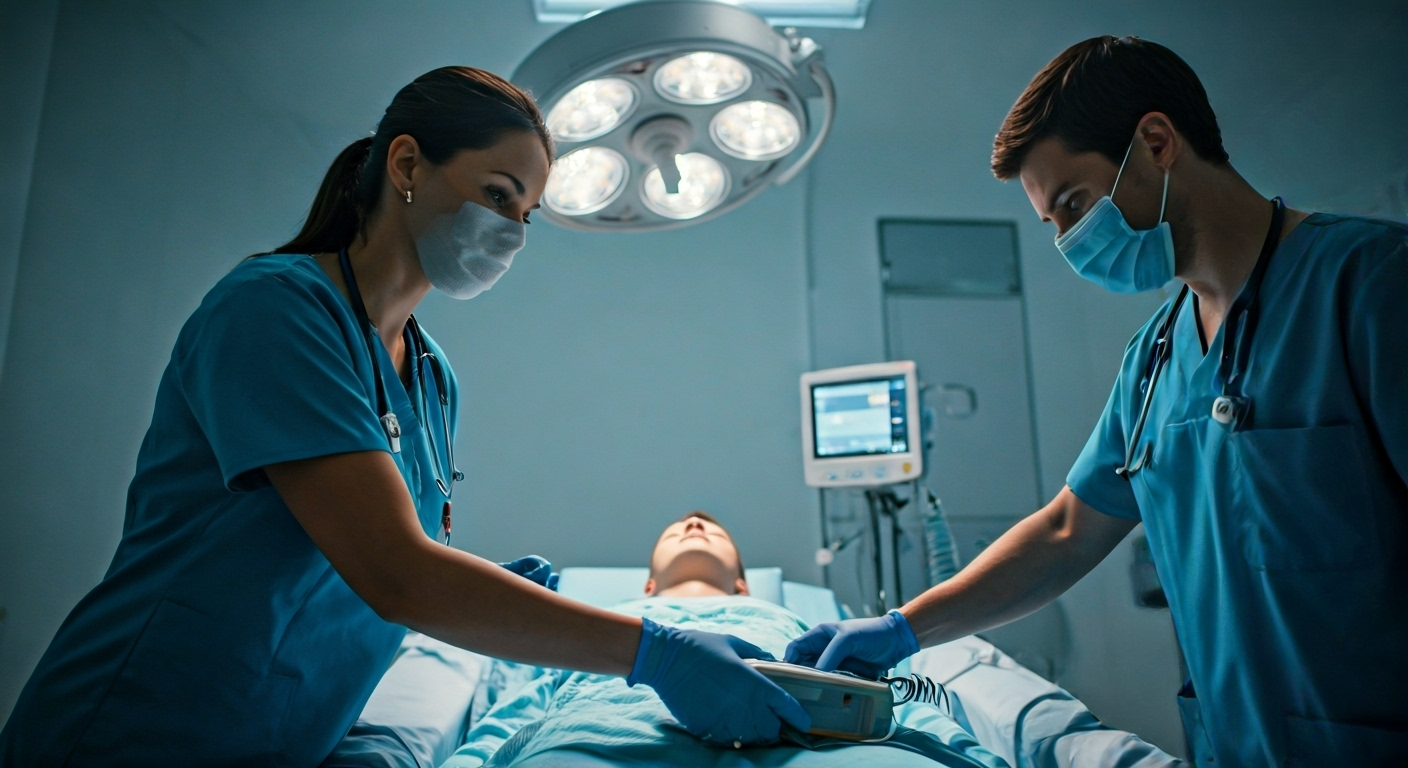 Defibrillators are very important in the quick treatment of cardiac arrest and dangerous heart rhythm problems. These devices send a controlled electrical shock to the heart. This can bring the heart rhythm back to normal and may save lives in those critical times.
Defibrillators are very important in the quick treatment of cardiac arrest and dangerous heart rhythm problems. These devices send a controlled electrical shock to the heart. This can bring the heart rhythm back to normal and may save lives in those critical times.
In the healthcare world now, tools for advanced life support like defibrillators are at the center of fast emergency action. They are not just used in hospitals. You can see them in airports, schools, and workplaces too. This helps more people in out-of-hospital cardiac arrest events.
Let’s look at how defibrillators are such a key part of handling sudden cardiac emergencies.
Role in Emergency Response to Sudden Cardiac Arrest
Sudden cardiac arrest can happen at any time and it often comes with no warning. In that moment, defibrillators help people come back to life. Emergency responders like paramedics, nurses, or even a trained person nearby rely on defibrillation to stop dangerous heartbeats. This tool helps raise the survival rates for sudden cardiac arrest. While defibrillators are critical for saving lives, their use does carry some risks or potential side effects. These can include minor burns or irritation where the pads contact the skin, muscle soreness due to the shock, and in rare cases, disturbances to heart rhythms or damage to heart tissue. However, these risks are generally outweighed by the potential to save a life in an emergency situation.
When a defibrillator is close by, like in ambulances, hospitals, or public spaces, the chance that someone will live goes way up. The numbers show that every minute without defibrillation lowers survival by about 10%. This fact shows how important it is to have external defibrillators easy to get to during sudden cardiac arrest.
The right training is important for using defibrillators in a safe way. People who use manual devices must have good training and must learn how to read heart rhythms and work the machine. AEDs are different. These devices talk the user through steps, which lets more people help out, even if they have no training. This can help save many lives in our public spaces.
How Defibrillators Restore Normal Heart Rhythm
When the heart’s electrical system does not work right, it can beat in dangerous ways like ventricular fibrillation or pulseless ventricular tachycardia. At this time, the heart will not pump blood well. This causes cardiac arrest. External defibrillators send a controlled electrical impulse to the heart’s muscle cells. This stops the heart’s wild movements and lets the heart’s own pacemaker try to start a normal rhythm again.
Automated External Defibrillators (AEDs) have changed the way we do this. These devices can look at the heart’s rhythm on their own. Then they advise if a shock is needed, or give it themselves when needed. AEDs are used in both public and clinics. In the moment of cardiac arrest, they can mean the difference between life and death.
What are Defibrillators?
Defibrillators are medical devices designed to restore normal heart rhythm by delivering an electric shock during life-threatening arrhythmias. They play a crucial role in emergency situations, particularly in cases of cardiac arrest. Available in various types, such as automated external defibrillators (AEDs) and implantable cardioverter defibrillators (ICDs), they save lives.
Giving defibrillation along with fast cardiopulmonary resuscitation (CPR) is the only good way to treat some types of deadly heart rhythms. Knowing how external defibrillators work with the heart, and why they are needed when there is cardiac arrest because of ventricular fibrillation or ventricular tachycardia, makes a big difference in helping people during an emergency.
Key Classifications of Defibrillator Devices
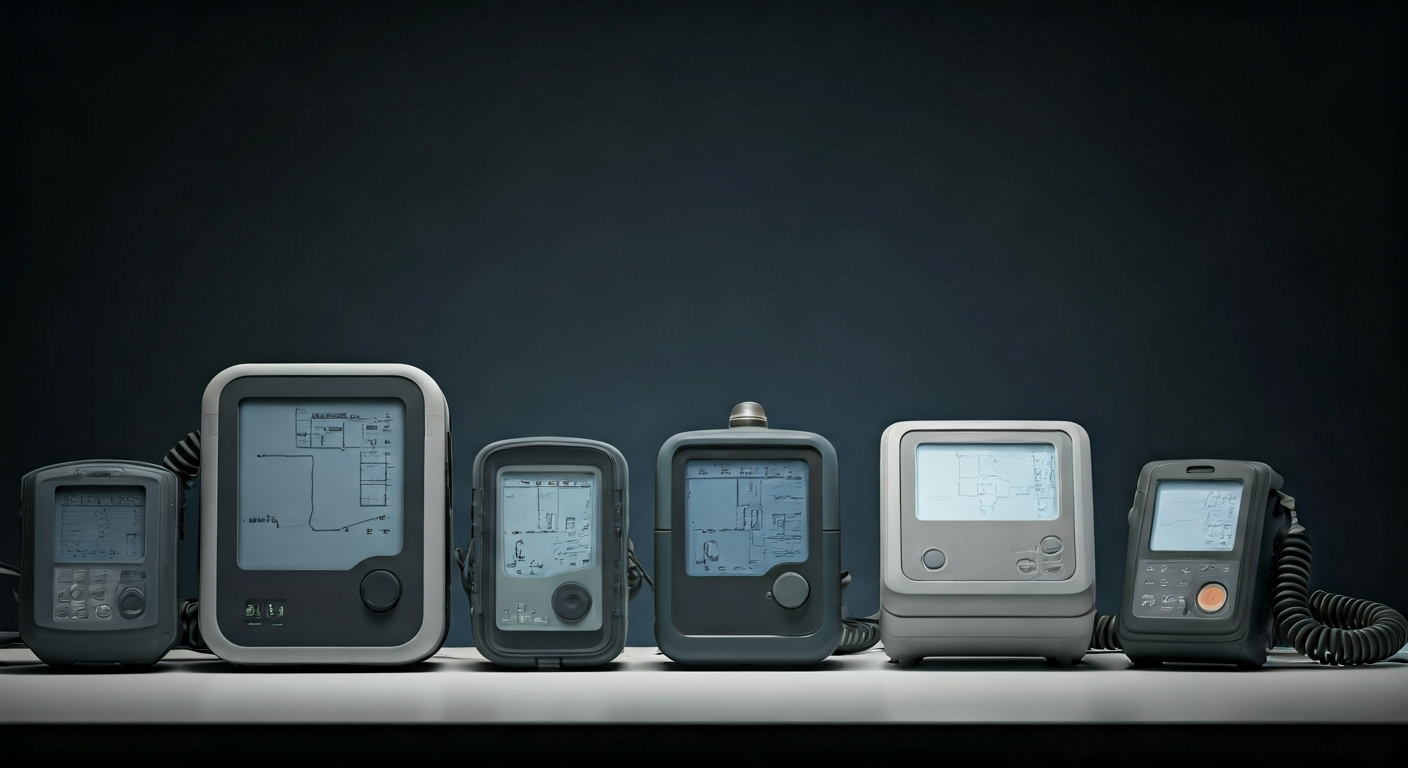 Defibrillator technology has changed over time to meet both healthcare and public needs. There are four main kinds of these devices: manual external defibrillators, automated external defibrillators (AEDs), implantable cardioverter defibrillators (ICDs), and wearable cardioverter defibrillators (WCDs).
Defibrillator technology has changed over time to meet both healthcare and public needs. There are four main kinds of these devices: manual external defibrillators, automated external defibrillators (AEDs), implantable cardioverter defibrillators (ICDs), and wearable cardioverter defibrillators (WCDs).
Each device has its own benefits for different places and types of people. External defibrillators are often used when they need to act fast, like in hospitals or public spaces. On the other hand, implantable and wearable cardioverter defibrillators give long-term help to those at high risk. Knowing what each device can do helps people make the right choice in advanced life support and external defibrillation situations. This way, life support and care are given in the best way possible.
Manual External Defibrillators: Applications in Hospitals
Manual external defibrillators are still very important tools in hospitals and other advanced care places. They are used by trained healthcare people who pick the right time and amount of electric shock based on what they see on the real-time ECG, or electrocardiogram. This is different from AEDs, because manual external defibrillators do not look at or make choices for the user. The person using the device must know how to read cardiac arrest rhythms and understand what to do.
You will see these devices in places like emergency rooms, intensive care areas, and ambulances. Manual external defibrillators can work well for infants and adults. You can set the shock energy as needed for the patient’s heart. This lets people use it for many ages and heart problems.
To safely use these external defibrillators, you need a lot of training in advanced life support. People must know how to spot a cardiac arrest, what to do about it fast, and how to improve success rates for the patient. Quick action helps reduce risk to people in these serious moments.
Automated External Defibrillators (AEDs): Public and Layperson Use
Automated external defibrillators, or AEDs, are very important in emergency care for heart problems. You often find the devices in public spaces because using one right away can make the difference in saving a life during cardiac arrest or sudden cardiac arrest. These portable external defibrillators are made so almost anyone can use them. It does not matter if you have no special training. The device guides people to give an electric shock to help the heart when someone has a problem like ventricular fibrillation or pulseless ventricular tachycardia. AEDs check the heart’s rhythm. So the device helps you deliver a shock at the right time, making it more likely for someone to live through such a hard moment.
The American Heart Association says it’s important for people in public places to learn AED training. This way, more of us can help out when emergencies come up. Often, first responders or emergency medical technicians will get there and use the best care like advanced life support. But having an external defibrillator and someone to use it first can really help survival rates. By putting these machines in public spaces, we give more people the chance to fight back against sudden cardiac arrest by using external defibrillation when it matters most.
Understanding Automated External Defibrillators (AEDs)
Automated external defibrillators (AEDs) help save lives after a cardiac arrest in public places by giving quick help right away. These portable medical devices check the person’s heart rhythm. If the device sees something wrong, like ventricular fibrillation or pulseless ventricular tachycardia, it sends an electric shock. The AHA guidelines say using early defibrillation is one of the best ways to bring back a normal rhythm. This help from external defibrillators makes cardiopulmonary resuscitation work better for first responders and for people nearby who want to help, giving the person better survival rates until emergency services get there.
Technology, Operation, and Accessibility
Modern AEDs use new technology to read the heart’s rhythm and see if a shock is needed. This takes the guesswork out for users and makes things safer. The design of these medical devices focuses on simple use and being reliable. There are voice guides, easy-to-follow pictures, and simple steps for CPR. All this helps people to do the right thing in an emergency.
Key characteristics of AEDs include:
- Portability: AEDs are small and light. You can mount them on a wall or take them with you at any time when there is an emergency.
- Automated Analysis: There are smart systems in AEDs that study the heart’s electric signals and work out if a shock is needed.
- Accessibility: AEDs are put in places with lots of people, at workplaces, and at many other community areas or public spaces.
These medical devices are in easy-to-reach places. They have safety features so there is no risk of shock by accident. You can use them for both adults and children—just use the right pads. The external defibrillation they give is a key part of quick help in an emergency and may save lives while you wait for help to come.
Use Cases for AEDs in Public Spaces and Workplaces
AEDs are made for quick use in places where sudden cardiac arrest might happen without warning. When you use early defibrillation, it can boost survival rates a lot. This is why you will see AEDs in many public and work settings.
Common places for AED installation include:
- Workplaces with large numbers of employees or visitors
- Public venues such as stadiums, theaters, and shopping centers
- Transportation hubs like airports and train stations
When someone has cardiac arrest, quick action matters most. AEDs let staff or even people nearby help right away, so they can raise survival rates for cardiac arrest patients before emergency medical teams get there. Many places give AED training to workers, to make sure they are ready and know what to do in these moments.
Manual External Defibrillators: Features and Professional Use
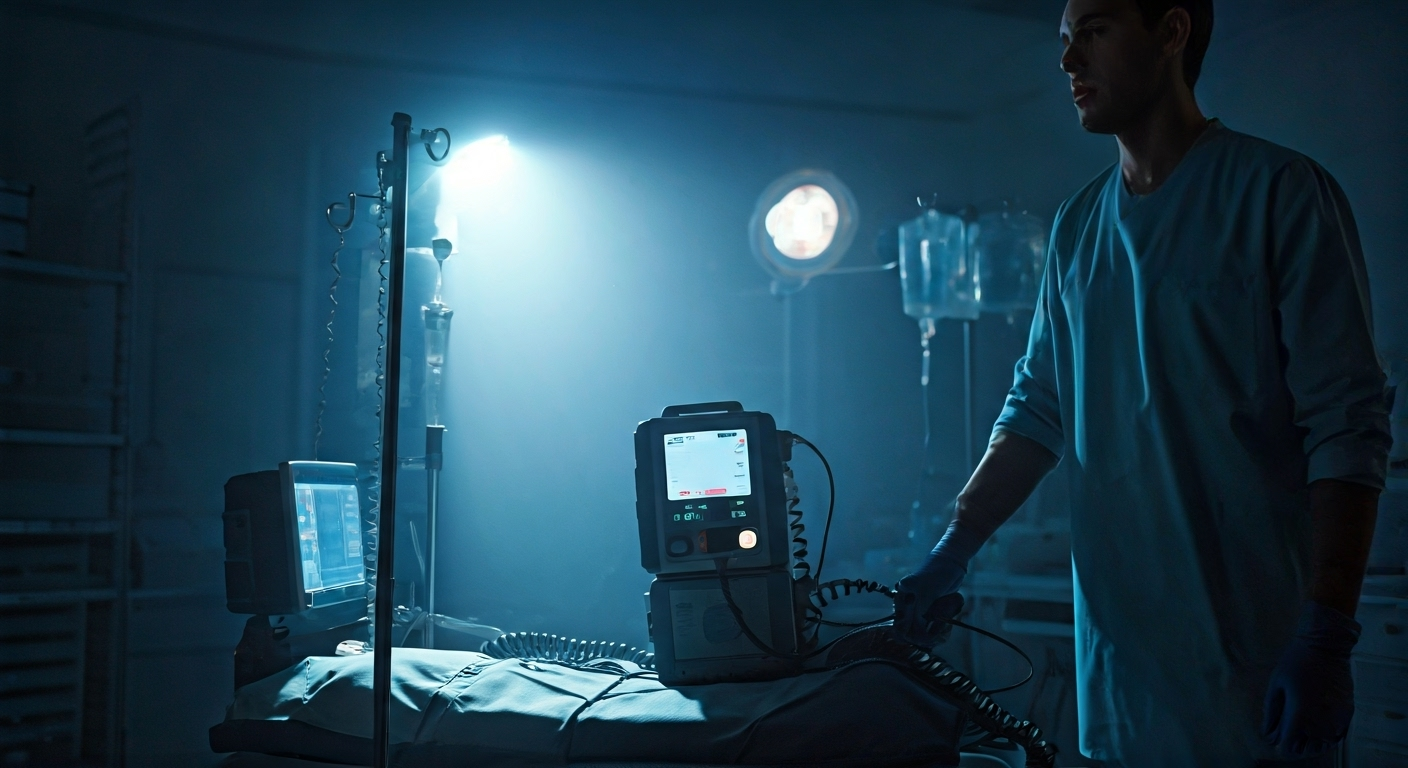 Manual external defibrillators are special medical devices used in hospitals and ambulances by trained healthcare workers. These are not like automatic ones. With these, you have to pick the energy level and read the heart’s ECG before you send an electric shock to the patient. The flexibility and advanced parts of manual external defibrillators help them fit many needs in tough situations, making patient care more personal.
Manual external defibrillators are special medical devices used in hospitals and ambulances by trained healthcare workers. These are not like automatic ones. With these, you have to pick the energy level and read the heart’s ECG before you send an electric shock to the patient. The flexibility and advanced parts of manual external defibrillators help them fit many needs in tough situations, making patient care more personal.
Hospitals use manual external defibrillators a lot for advanced life support. They help give exact help by looking at real-time patient info. Using these devices shows how important expert training is in emergency cardiac care and life support.
Advanced Life Support Capabilities and Training Requirements
Advanced life support (ALS) defibrillators do a lot more than just send a shock. With these, you can see things like blood pressure, oxygen levels, and how much carbon dioxide there is in a patient’s breath. This lets you and other people doing life support check how the patient is doing at every step.
To use advanced life support equipment, you need a lot of special training, which covers things like:
- Knowing rhythms and how to read an ECG
- Changing the amount of energy and when to deliver shocks
- Following advanced cardiac life support (ACLS) rules
Emergency medical technicians and EMS personnel who work in hospitals need to have strong AED training and must practice these life support skills often. Hospitals run regular drills and test programs so that everyone can be good at using manual defibrillators. This helps be sure the patient will get the best care during a cardiac emergency.
Common Settings for Manual External Defibrillator Deployment
Manual external defibrillators are a must-have in places where there is a need for advanced life support, like in hospitals and while moving people from one place to another. These devices work with good precision and can be used in many ways. This makes them the device of choice in the following:
- Hospital emergency departments and intensive care units
- Ambulances and emergency medical service vehicles
- Critical care during intra-hospital transport or surgery
When there is a need for emergency response with life support, these devices are often used with cardiopulmonary resuscitation and some other treatments. Trained staff can change both the energy level and timing of shocks to get the best results with tough heart problems like arrhythmias. In ambulances, manual external defibrillators let EMS workers treat people right away as they go to the hospital. This can help raise survival rates after a cardiac arrest.
Implantable Cardioverter Defibrillators (ICDs): Lifesaving Inside the Body
 These advanced medical devices are very helpful to people who have a high risk of sudden cardiac arrest or bad heart rhythms. Implantable cardioverter defibrillators (ICDs) sit inside the heart. They watch heart rhythms all the time and can give electric shocks if needed. This helps get the normal rhythm back if the heart goes into something like ventricular tachycardia or ventricular fibrillation. Because they can spot bad heart rhythms and step in fast, ICDs help more cardiac arrest patients survive. Continuous research keeps showing that these devices save lives. Now, they are a key part of modern heart care for people most at risk.
These advanced medical devices are very helpful to people who have a high risk of sudden cardiac arrest or bad heart rhythms. Implantable cardioverter defibrillators (ICDs) sit inside the heart. They watch heart rhythms all the time and can give electric shocks if needed. This helps get the normal rhythm back if the heart goes into something like ventricular tachycardia or ventricular fibrillation. Because they can spot bad heart rhythms and step in fast, ICDs help more cardiac arrest patients survive. Continuous research keeps showing that these devices save lives. Now, they are a key part of modern heart care for people most at risk.
Indications for ICD Placement
ICD therapy is often given to patients who have a high risk of deadly heart rhythm problems. This is for people who have lived through cardiac arrest or had ventricular fibrillation. It is also for those who have problems in the heart’s structure, such as heart failure. Doctors can choose an ICD for patients who have genetic issues that cause the heart to beat the wrong way or for people whose ejection fraction is too low after a heart attack.
Some usual reasons to get an ICD are:
- People who survived sudden cardiac arrest because of ventricular fibrillation
- Patients who have long-term heart failure with poor heart function
- Those who have many family members who died suddenly from heart problems
With ongoing watch over the patient’s heart, ICDs give peace of mind. They also act as a strong safety tool for people most at risk from cardiac arrest or sudden cardiac arrest.
How ICDs Monitor and Treat Life-Threatening Arrhythmias
ICDs are devices that keep track of the heart’s electrical signals all the time. They watch for unsafe heart rhythms in the lower chambers of the heart, called the ventricles. These bad rhythms can lead to things like ventricular fibrillation. If the ICD sees a risky arrhythmia, it gives a quick electric shock. This electric shock helps bring the heart back to a safe rhythm and stop trouble.
Key features of ICD operation include:
- Continuous rhythm analysis and detection of life-threatening arrhythmias
- Automatic, immediate delivery of therapeutic electric shock
- Ability to record and transmit event data for follow-up care
ICDs have helped to raise survival rates for people who would be at high risk without this device. The ICD can make a big difference by stepping in before the symptoms get worse. “Studies show that ICDs are associated with increased survival rates and decreased death rates in people who get their heart problems from their genes,” says Dr. Amandeep Goyal. Their use in advanced life support is seen as a big step forward for care of the heart.
Wearable Cardioverter Defibrillators (WCDs): Bridging Critical Risk Periods
Wearable cardioverter defibrillators (WCDs) act like a safety net for people at high risk for sudden cardiac arrest. These devices keep checking the heart rhythm all the time. They can give an electrical shock if there is a serious problem like ventricular tachycardia or ventricular fibrillation. After a heart attack, or while waiting for a permanent device, WCDs can really help. When people follow the AHA guidelines, these cardioverter defibrillators raise survival rates. They lower the risk of sudden death from cardiac arrest.
Patient Profiles Best Suited for WCDs
WCDs are often used for people who have a high but short-term risk of sudden death from heart problems. This can include people who are getting better after a heart attack, people waiting for a heart transplant, people waiting for an ICD to be put in, or people with new heart failure.
Common things found in people who may use WCDs:
- They have had ventricular tachycardia or fibrillation before but can’t get an ICD right now.
- They just had a heart attack or heart surgery and now are at high risk.
- They have a high risk for sudden death but can not have surgery at this time.
For people like this, wearable defibrillators give important help during dangerous times. These devices always keep track of the heart, deliver shocks right away, and let patients delay shocks if they are awake and do not need one. This helps people be involved in their own care as they get better from heart failure or other heart issues.
Advantages, Limitations, and Compliance Considerations
Wearable defibrillators have a lot of important benefits. But, there are also some things to look out for. These devices give you:
- A design that is outside the body and does not need surgery
- Help right away with an electric shock when you have a dangerous heart rhythm
- A way for you to stop a shock if you are awake and do not need one
But, to work well, these wearable defibrillators need people to wear them all the time. They may feel uncomfortable for some people. There can also be times when the device goes off for no good reason. You have to check the device often, too.
Some recent studies show that these wearable defibrillators give people very good survival rates if they do not have an ICD. But people need to use the device all the time and have it tested often. If you are a healthcare provider, it is good to look at each person’s life and what they want, so they get the best results when using these devices.
Comparing Defibrillator Types: Features, Benefits, and Limitations
Picking the right defibrillator means you have to look at the features it has, what the patient needs, and where it will be used. Each type of defibrillator—AED, manual, ICD, and WCD— has its own benefits and drawbacks. These devices can be different when it comes to how easy they are to use, what training you need, and how much you have to watch and check on them.
Knowing about these differences is very important for people who work in healthcare, those who buy the equipment, or anyone who is making choices for a hospital or clinic. When you use the right device the right way, you can help improve survival rates and make emergency heart care better for everyone.
In the next sections, we go through and compare the different defibrillator machines and talk about where each one is strong.
Monophasic vs. Biphasic Shocks: Efficacy and Safety Differences
Defibrillation shock technology has changed over the years. It started with monophasic waveforms but now uses biphasic waveforms. Monophasic defibrillators send an electric current in only one direction. In contrast, biphasic defibrillators send current in two directions with every shock.
Here are some main points to know:
- Biphasic shocks need less energy (120–200 joules), while monophasic ones use 360 joules. This means there is a lower risk of tissue damage with biphasic shocks.
- Biphasic technology shows higher success rates for stopping dangerous heart rhythms.
- Biphasic defibrillators are safer. There are fewer skin burns and fewer other problems when compared to using monophasic shocks.
Because of this, most external defibrillators use biphasic technology now. The American Heart Association says, “defibrillators utilizing biphasic waveforms are preferred to the older, monophasic waveform” because they work better and are safer.
Summary Table: AED, Manual, ICD, and WCD Comparison
The following table summarizes the core attributes of each major defibrillator type, helping clarify which device best meets different clinical and public needs:
| Type | Application Area | User Training Required | Shock Delivery | Monitoring | Typical Use Case |
|---|---|---|---|---|---|
| Automated External Defibrillator (AED) | Public spaces, workplaces, homes | Minimal/basic CPR | Automated/analyzed | No | Sudden cardiac arrest in public |
| Manual External Defibrillator | Hospitals, ambulances | Advanced/ACLS | User-selected | No | In-hospital cardiac emergencies |
| Implantable Cardioverter Defibrillator (ICD) | Implanted in high-risk patients | None (patient) | Automatic/internal | Continuous | Chronic arrhythmia risk |
| Wearable Cardioverter Defibrillator (WCD) | Outpatient, temporary | Minimal (user setup) | Automatic/external | Continuous | Temporary risk, pre/post ICD surgery |
This comparison highlights the differing operational needs and benefits of each device, informing smart selection and deployment.
Selection Criteria: Choosing Defibrillators for Different Settings
Choosing the right defibrillator begins with knowing where it will be used and who it is for. Public spaces, hospitals, ambulances, and homes all need different types of devices. Each place has its own needs about the type of defibrillator, how much skill people need to use it, and the risk of sudden death.
You need to think carefully about these things, so the right device is there when it is most needed. This can help save lives and meet rules or laws about safety. Picking the best option means thinking about who will get to use it, how trustworthy the device is, and what features it has, to make sure it works well in an emergency.
In the next sections, you will see what to keep in mind for different environments, including meeting rules and increasing survival rates in public spaces and places with a high risk of sudden death.
Home, Hospital, Ambulance, and Public Location Requirements
Different locations need the right kind of defibrillator and a plan for where to put it:
- Homes: The key things are that it be simple and easy to use. AEDs with simple steps and not much work to take care of be best for homes, since the family might not know a lot about medicine.
- Hospitals: Hospitals often use manual defibrillators with special features like ECG support and energy settings. This is so staff can handle patients who need more help.
- Ambulances: For ambulances, these devices must be easy to carry and fast to set up. They need to work well during travel and follow all official rules.
- Public places: The AEDs in public places need to stand out, be easy to reach, and have clear sounds and pictures to show what to do. There are also rules in many states about keeping these ready, working, and making sure people know how to use them.
Facility teams and those buying the equipment need to think about if the parts work together, how long the batteries last, and if they can get more pads when they need them. All this helps keep the AED ready to use at any time.
Regulatory Standards, Maintenance, and Latest Innovations
Meeting the safety rules is a must for all medical devices. In the United States, FDA approval is needed for any defibrillator sold to the public. In Europe, CE marking is very important. Groups like the American Heart Association make and share rules about how people should use these devices, how to train on them, and how to take care of them.
Maintenance best practices include:
- Regular battery and pad checks
- Post-use inspection and data downloads
- Annual device calibration and software updates
There have been some new things happening in this field. Now, there are devices with AI that can read heart rhythms, give instant CPR help, and even drones that bring AEDs where needed. These things help boost survival rates and make it easier for people to respond to emergencies. Staying up to date with changes in rules and new tools means your place will be ready for any sudden heart emergency.
Conclusion
To sum up, knowing about the different types of defibrillators and how each one is used is important for better emergency heart care. As we have gone over, every defibrillator type, like the Automated External Defibrillator (AED), Manual External Defibrillator, Implantable Cardioverter Defibrillator (ICD), or Wearable Cardioverter Defibrillator (WCD), comes with its own special features. Each one fits certain places, such as hospitals or public spaces. Picking the right device takes thinking about patient needs, new technology, and rules. When you choose the correct defibrillator, you help save lives during emergencies. Make sure your place is ready for any cardiac event—get quotes on types of defibrillators now so you have what you need when the time comes.

